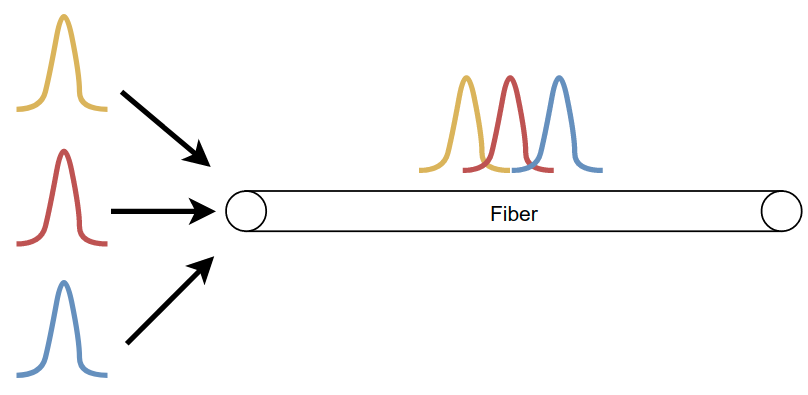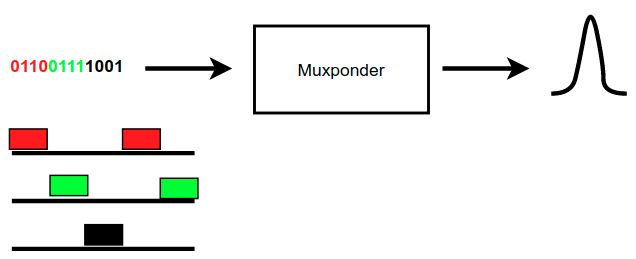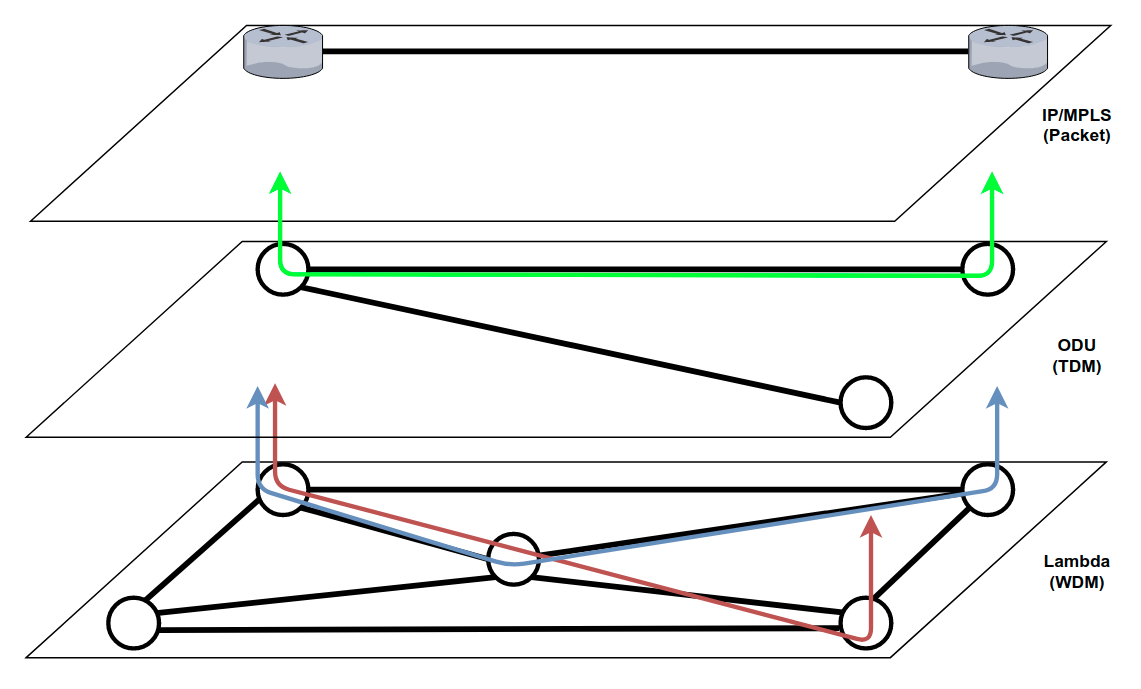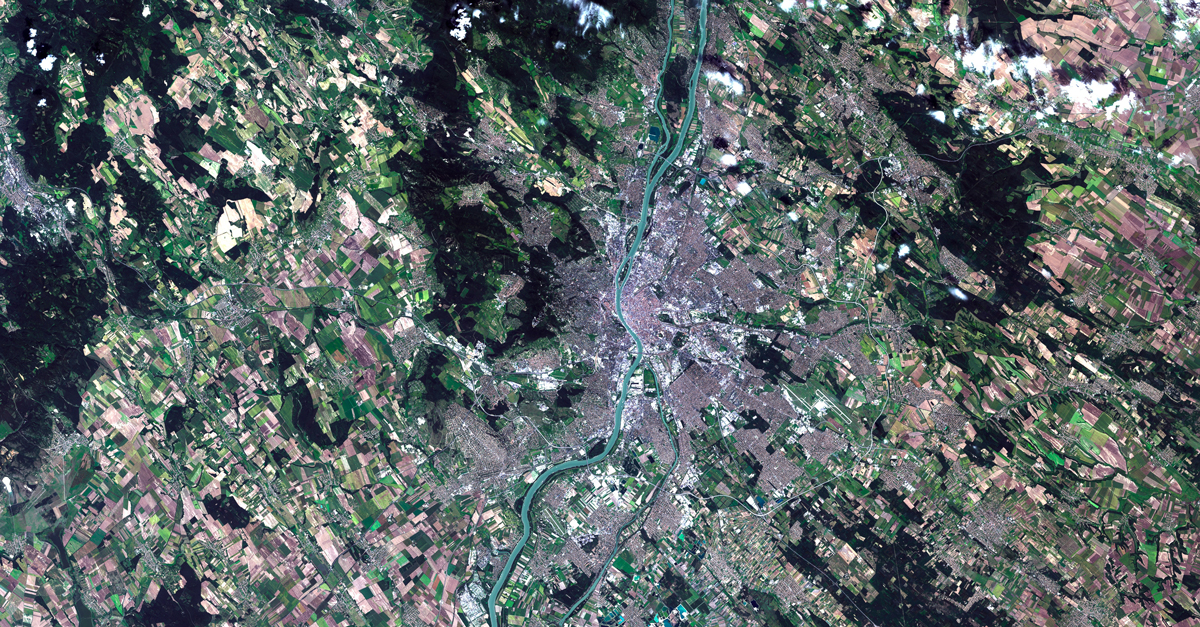The first, or perhaps even the only association that comes to our minds when hearing the words “operator network” is usually a computer network. That is hardly surprising. Packet technology awareness is very high, mainly because of how widespread it is and despite the fact that the need for network configuration of devices in the home environment is nowadays practically non-existent. Are switches and routers the only devices that build the infrastructure of an operator’s network? Not necessarily.
The Internet is not everything
The most common service, especially for retail users, is “internet access”. This service is actually based on a protocol stack understood as a computer network. There are, however, some more demanding customers who do not need a simple connection to the network, but require transmission of information while maintaining strict time frames and quality parameters. Such cases of use include:
- mobile infrastructure operators that need to synchronise their base stations with each other,
- data centre owners who combine distributed clusters of supercomputers and their disk arrays,
- business customers with high demands within the scope of latency and quality of connection between various sites,
- connecting very distant locations.
Despite the general trend and convergence of technologies towards packet networks, not all of the above mentioned cases can be realized in the above-mentioned way. Packet networks are inherently asynchronous, therefore it is hard to maintain determinism, not to mention the physical issues.
Transport network
In order to meet a number of requirements to deliver the above-mentioned services, the operator is forced to procure a specialized infrastructure which is called a transport network.
It is a network designed to transport information between physical locations.
ITU-T G.805
We distinguish between packet-switched and optical transport networks. Both build infrastructure for delivering services, but their costs, techniques as well as capabilities are different.
An optical transport network is primarily a network that:
- Is suitable for transporting digital signals and defined binary structures (data chunks)
- Is connective
- Transfers digital information in a transparent manner
A digital signal is recognised as a sequence of bits that is delivered (in a transparent manner) over a long distance to the recipient of the service. Due to the laws of physics and the limitations associated with the propagation of electric and optical waves, the same sequence will appear on the recipient’s side with constant latency, while the operator guarantees that the sequence will remain unchanged and that the bits will arrive at a predetermined speed.

It is possible to connect routers, servers and even a video receiver at the provider’s and the recipient’s ending points without the loos of speed – the distance is irrelevant. We hardly need to explain that it would be unprofitable to connect the devices with one long cable or fibre optic cable. Additionally, attenuation due to distance would certainly render the connection pointless.
Optical Transport Network
In optical transport networks, an electrical signal is converted into a specific optical signal that is transferred by the transport network. Optical signals are realized as channels in the infrared band; one can imagine that they are transmitted in a specific colour.

Given that the transmitters emit light beams of “different colours”, it is possible to transmit them simultaneously via one transmission medium, that is an optical fibre. This technique is called Wave Division Multiplexing (WDM) and can be described as the essence of optical transport networks, as it allows for using a single fibre route to transfer up to a hundred different signals. In such cases, what is important for the operator is not the bit rate, but the bandwidth.

Considering physical dependencies as well as additional problems, we must admit that an optical node is a complex modular device. Depending on the requirements, they are built with a number of passive and active components that allow for a beam of light to be transmitted over the network. These include:
- transponders, muxponders
- filters/multiplexers,
- WSSs,
- amplifiers,
- dispersion compensators,
- and many others.
Many of these components require special configuration and tuning in order to deliver end-to-end service, which makes the process of compiling a service quite tedious and time consuming.

In addition, time domain multiplication is also very often used for the purpose of optimizing optical channels: a continuous digital signal is divided into time slots which in turn are divided into independent channels, which are also transported in a deterministic manner by the telecommunications network. This technique is deployed in many network technologies; in transport networks it is implemented under the OTN standard.
The operator network is structured in the following way:

Network planning
Selection of appropriate technology is determined mainly by the demand, quality parameters of the service and its costs. The long-term planning of network development is carried out on the basis of these three factors.
The final structure of an operator’s network depends on the segment, geographic coverage, the operator’s policy and architectural plans. However, it would be very difficult to build a nationwide or an intercontinental network without using the above-mentioned techniques.
Multilayer network monitoring, automatic control, configuration and programmability are also applicable to transport networks. These, however, will be discussed in the upcoming posts.






